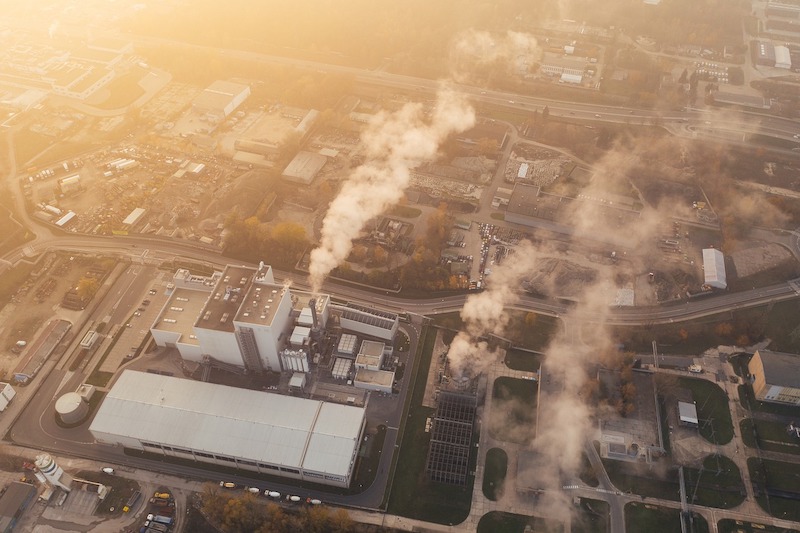State and municipal building standards aimed at driving building energy performance and reducing carbon emissions have teeth and will force building owners to retrofit their properties.
Three U.S. cities (Washington D.C., New York, and St. Louis) and Washington State have legislation on the books that created building performance standards. These policies include continuous improvement, with the standards getting increasingly more stringent over time.
In New York, the performance standard is a carbon emissions limit that begins in 2024. Building owners in New York face fines if they do not reach that limit by 2024.
In Washington D.C., the performance standard revolves around energy efficiency improvement, with the 2021 standard set at the local median Energy Star Score by property type. If the building does not meet the standard, it enters a five-year compliance cycle in which the building must reduce its energy intensity by 20%. The D.C. standards will be recalculated every six years.
Facility managers at any location could check where their building would fall under Washington D.C.’s standards or New York’s carbon limits to gauge how well the building is performing, and how much improvement might be required. Making improvements better positions the building to meet future standards while saving money on energy spending.
Related Stories
Codes and Standards | Jun 21, 2021
Vancouver, B.C., may delay new zero emissions building standards
Building permit delays may postpone new standards by a year.
Codes and Standards | Jun 17, 2021
Buffalo’s parking reform having noticeable impact on development
Elimination of mandatory parking allotments encourages new projects.
Codes and Standards | Jun 16, 2021
Inconsistent building codes make some states more vulnerable to hurricanes
Florida takes top spot for strongest building code in latest IBHS survey.
Codes and Standards | Jun 15, 2021
Growing housing supply gap will worsen affordability crisis
Supply projected to fall 4.5 million units short in 2022.
Codes and Standards | Jun 15, 2021
Florida will allow virtual inspections, building code enforcement, permit issuance
New law will go into effect on July 1, 2021.
Codes and Standards | Jun 10, 2021
New York City cracks down on construction site safety
Buildings Dept. issues new safety legislation for City Council consideration.
Codes and Standards | Jun 9, 2021
ASHRAE updates health care facility ventilation standard
Includes improved guidance on thermal comfort, revisions to air filtration requirements.
Codes and Standards | Jun 8, 2021
American Wood Council releases new fire design specification
For design of wood members, assemblies, and connections to meet code requirements.
Codes and Standards | Jun 7, 2021
Guide provides strategies to overcome barriers to sustainable affordable housing
International Living Future Institute document helps with social, regulatory, and financial hurdles.
Codes and Standards | Jun 3, 2021
Conversion of large office buildings to residential will require revamped regulations
Post-1960 offices present ventilation, daylighting, and other challenges.

















